
4 Things to Consider about Roof Damage after a Hail Storm
If you live in the Dever, Colorado area, chance are you have lived through a hail storm or two. With hail comes damage, especially to your home’s roof as it is, obviously, the largest target. But once storm has come and gone, how do you determine exactly how much damage was done? Denver area hail storms have preduced hailstones up to 6″ in diameter and, unfortunately, these balls of ice fall from the sky at high speeds and crash on to your roof. The larger a hailstone is, the faster it falls, with the potential to cause more damage to your roof and other parts of your home.

There are many factors involved to the amount damage hail can cause on your home’s roof. First and most obvious is the size of the hail stones – bigger stones wreak more havoc. Wind speed and direction are also determining factors, only a few pieces of the overall puzzle. These first few things are out of your control, but the age of your roof’s shingles, the type of shingles and whether or not your shingles are “impact-resistant” can all factor in to the level of damage your roof will encounter in a hail storm.
You may be asking yourself “how much damage can hail cause to a well-built room?” The answer is tremendous damage, but even seemingly small damage to your roof’s shingles can compromise the effective life of your roof. More importantly is the damage you might not be able to see. Undoubtedly, if you have experienced a hail storm, it is important to have a roofing professional come and inspect your roof. Damage that goes untreated may lead to large scale problems down the road and a minor inexpensive repair could become a major costly one if the damage isn’t addressed. Here are a few tips which will help you properly identify roof hail damage.
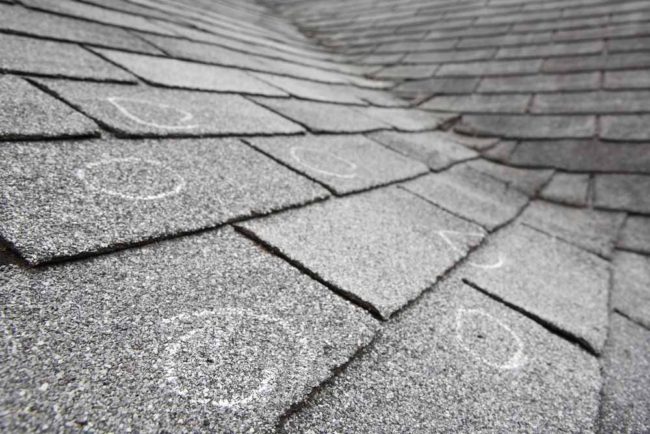
Tip #1: Is there any visible damage on the inside of your home? Sometime shingle damage is hard to see especially on asphalt tiles. Again, if you have recently experienced a hail storm, it is important for you to have a roofing professional inspect your roof.
If you see water stains or slow drips on the inside of your home, then you have a much larger problem which that will requires immediate attention. A new water stain on your ceiling is most definitely a sign that your roof was compromised. If left untreated, the problem will worsen leading to further damage which may require a complete tear-off of your existing roof, not to mention repairs to the interior of your home.
Tip #2 Are there any visible dents (blisters) on your roof’s shingles? Just because you don’t see any damage to the inside of your home does not mean your roof was not damaged. When there is no visible damage to the inside of your home, it may provide a false sense of security. By neglecting exterior damage, you run the risk of damage to your home in the months to come. Even worse is if you don’t file an insurance claim within the time guidelines stipulated in your homeowner’s insurance policy, you may lose benefits that you are entitled to now.
Identifying shingle blisters requires a visible inspection of your roof. Sometimes blisters may be hard to see. It can be helpful to look for small dings on metal or aluminum vents, downspouts or gutters. It is typically easier to identify these marks than blisters on your shingles. If you believe you have visible evidence of damage, it is suggested that you contact your insurance agent immediately to express your concerns and to find out what your policy covers and the procedures necessary to file an insurance claim.
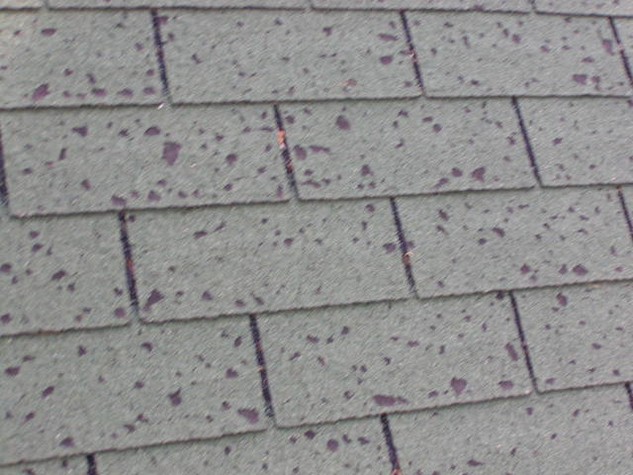
Tip #3 Get your own independent professional opinion. There’s no denying when a hail storm has blown through town. The National Weather Service records all storm data. If there is knowledge of a storm, and you contact your insurance company, they will most likely dispatch an adjuster. That adjuster represents your insurance company. His job is to identify damage, assess the cost to repair or replace your roof and make sure all of the paperwork is in order to process a claim.
It is suggested that you contact a local roofing company that is trained in roof hail damage for an independent opinion prior to your insurance adjustor performing their inspection. Your roofing company is capable of representing your interests. They should be willing to provide you an inspection and estimate to repair any damages free of charge. More importantly, they should be willing to back up their estimate and make themselves available for mutual consultation with the insurance adjuster. If the adjuster and roofer can agree on the remedy for the damage and the cost, this can expedite the process. In most cases your roofer will be awarded the repair job.
Tip #4 Get It In Writing. Most insurance companies will only issue a check directly to the roofer. This protects the insurance company from the homeowner “pocketing” the proceeds and never repairing the damage. By getting your roofing contractor to agree to the type of repairs to be performed and the costs involved, this will insure that your roof gets the required repairs. If your roofer agrees that the insurance check is sufficient to repair your roof hail damage, then they should be willing to do the repairs for that cost, nothing more.
Roof replacement or repair due to hail damage can be one of the most expensive repairs for homeowners and insurance companies. Making sure that you properly identify roof hail damage in a timely basis, and following the proper procedures will help protect your family’s most important asset, your home.
In summary home owners who think they may have suffered storm damage should:
Look for visible water damage inside your home.
Look for damage to your roof’s shingles that may compromise the effective life of your roof.
If necessary, contact your insurance agent and file a claim.
Consult a local roofing contractor trained in Roof Hail Damage to represent your interests.

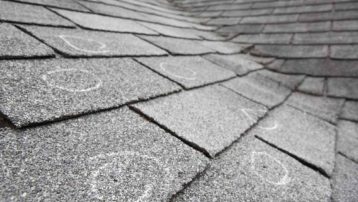
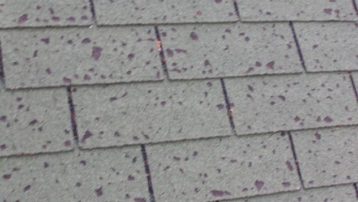
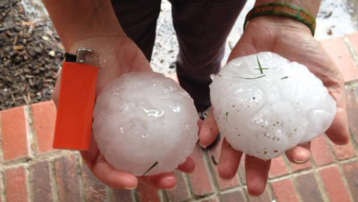

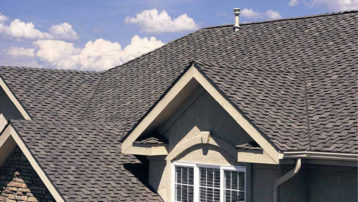

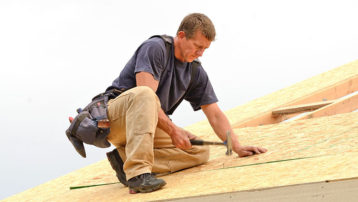

Leave us a Reply